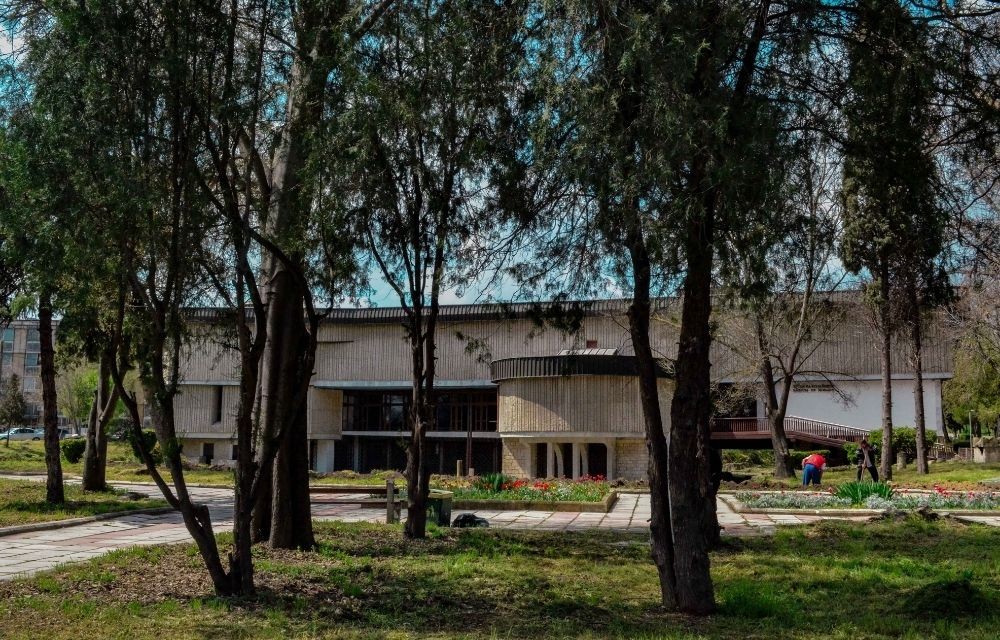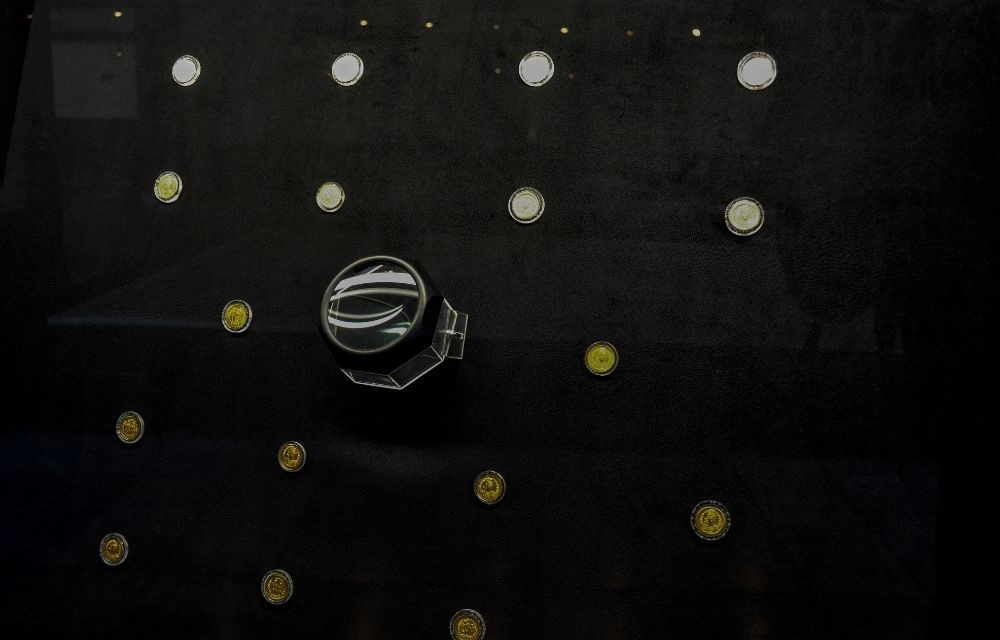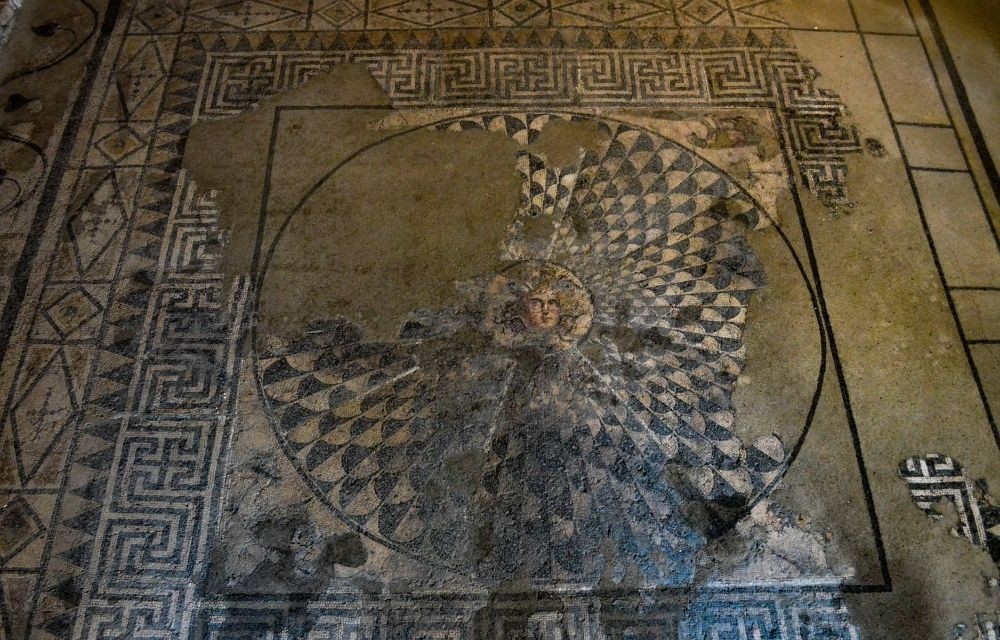Few people travelling to the northern portion of Bulgaria’s Black Sea coast take a turn so they can go and see one of the biggest cities founded in this part of the Balkans during the time of the Roman Empire – Marcianopolis, capital of the Roman province of Lower Moesia. Over its ruins now rises the modern-day town of Devnya. But once, there were magnificent public buildings here, a library, baths and a triumphal arch, and the floors of the houses were lavishly decorated with spectacular mosaics. Some of them are on display at Devnya’s Museum of Mosaics, the only mosaics museum in this country.

At the end of 2019, a little before the outbreak of the Covid-19 pandemic, archaeologists discovered a remarkable gold treasure. While they were studying the remains of a 1,600 year-old Roman building, which was burnt down in the 5th century, they stumbled upon 19 high-carat Roman coins.
“The gold treasure is very clear evidence and dates the great Hunnic invasion of 447 AD when, according to historical sources, Marcianopolis was conquered and burnt down by the Huns,” says Ivan Sutev, director of the Museum of Mosaics. “As a matter of fact more often than not the discovery of treasures is connected with some kind of big natural or human cataclysm. In this case – the destruction and burning down of Marcianopolis. We found these 19 solidus coins – coins from the Late Roman Empire – literally scattered all over the floor of the room. They were probably scattered as people were fleeing, or in some murderous clash. After which, when the house was burnt, a clay wall collapsed on top of them. That was how they survived in mint condition, as, obviously they were not in circulation for long. They actually look as if they were minted yesterday.”

In the same region, in 1929, archaeologists chanced upon one of the biggest treasures found in these lands – 120,000 silver Roman coins weighing 290 kg., the oldest of them minted in the time of Marc Antony. The latest find in the ancient Marcianopolis is from the time of the emperors Theodosius II and Valentinian III and tell intriguing stories of life 16 centuries ago.
“These coins are valuable as exhibits, but they are also a fount of information because there are different scenes depicted on them,” Ivan Sutev says. “On one side of the coin we have the emperor or a member of his family, most often his wife, and on the reverse side – interesting scenes from life. From them we learn of important events in the life of the imperial court during the 5th century. For example, we discovered a coin minted in honour of the coronation of Aelia Eudocia, wife of Emperor Theodosius II. The Byzantine empress is richly dressed and wears jewellery of exceptional beauty, and over her is the hand of God, placing a crown on her head. Another fascinating coin from the treasure depicts the coronation and the bestowing of the title Augustus on Valentinian III, Western Roman Emperor and cousin of Theodosius II.”

Photos: Veneta Nikolova
"Man does not know the way to heaven, but the horse does," says an ancient Thracian proverb. That is why the Thracian kings were necessarily sent to the afterlife together with their horses. Because of the numerous burial mounds of rulers from the..
An innovative museum site opens its doors in the military cemetery near Tutrakan. The "Tutrakan Epopee - 1916" memorial is situated in a new museum-exhibition building. It includes a number of new technologies that immerse the visitor..
The last and most destructive bombing of Sofia during World War II took place on April 17, 80 years ago. In 1944, on April 17 at noon, 350 American bombers, accompanied by Thunderbolt and Mustang fighters, dropped 2,500 bombs on..
After the Liberation in 1878, Bulgaria began to develop at a pace that would make up for the centuries-long absence from the world history map. Young..

+359 2 9336 661
